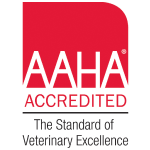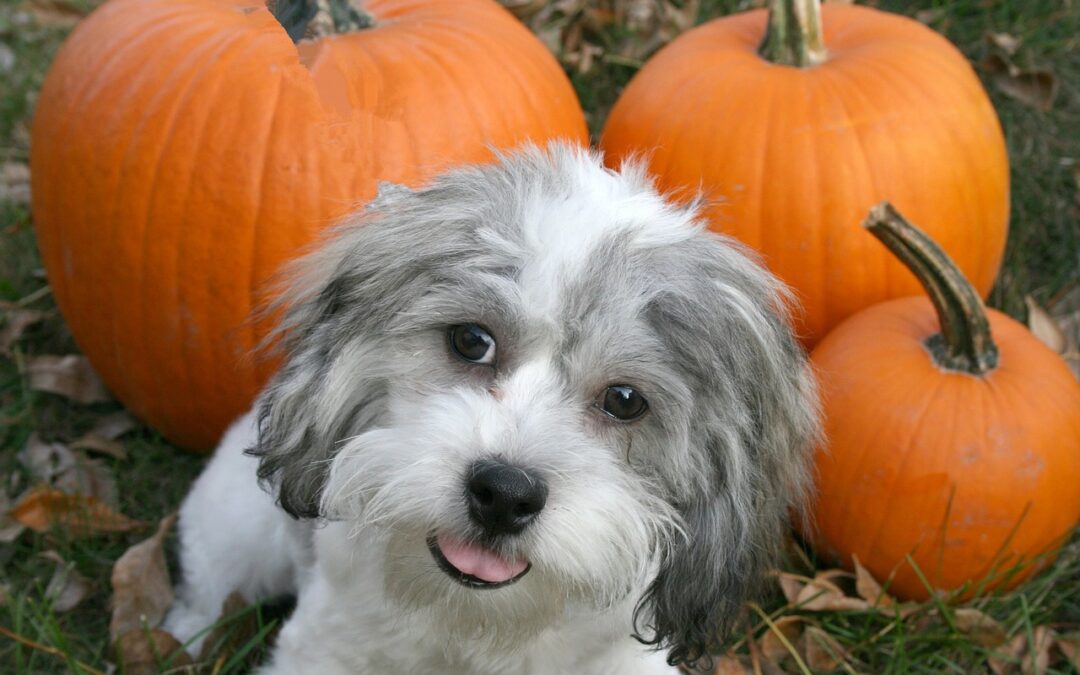So Much To Love
Autumn. Fall. Whatever you call it, there’s so much to love about this time of year. Soup, cozy fires, warm drinks, walking in the woods in the late afternoon sun. All of it reminds us to stop and breathe in the waning year. Inevitably we want to do that with our nearest and dearest, including our pet besties.
While we’re out enjoying fall days, there are a myriad of ways we can ensure a good fall for all. We remember to pack extra hydration for sports practices and other activities, a thermos of hot chocolate for a night spent enjoying the cool autumn weather, and an extra blanket to wrap around us while sitting around the fire pit. There are as many ways (or more) to ensure your pet’s safety during all the autumn outings.
Simple Plans
Amidst the outings, events, and gatherings, there are a plethora of opportunities to embrace chaos or simplicity. Sometimes we do both. Keeping your pet safe is relatively simple, and you probably already employ many of the recommended ways to do so.
Safety First
There are innumerable ways that you protect your pet every day and every season of the year. Each season brings with it unique needs and challenges, though, and fall is no different.
Some areas to increase your awareness of are:
- The preponderance of parasites like fleas and ticks
- Leptospirosis risk
- Unattended candles or other open flames
- Essential oils
- Wildlife preparing for hibernation
- Hunters (if you live in an area where hunting is popular)
- Sticks or other sharp objects in piles of leaves
Any of these can be a safety concern, but, perhaps, the most concerning aspect of fall is the potential for you to ingest something toxic. Many substances are toxic to pets, and the level of toxicity ranges from mild to lethal, including some you might not be aware of. These include:
- Spices from food
- Chocolate and xylitol, a sweetener found in many kinds of gum and candy
- Local plants decaying in fallen leaves like lilies or autumn crocus
- Mushrooms
- Mothballs
- Rodent spray or poison
The most toxic substance for pets is antifreeze. Many people are changing their antifreeze now to prepare their vehicles for colder weather. It’s not uncommon for antifreeze to spill or drip into puddles. Antifreeze containing ethylene glycol can be deadly to pets, so it’s imperative that you clean up all antifreeze spills and not allow your pet to drink from standing water sources like puddles. Pound-for-pound, this antifreeze is the most deadly poison for pets, causing rapid kidney damage. It requires immediate veterinary treatment.
Symptoms of ethylene glycol antifreeze poisoning are:
- Vomiting
- Slow reflexes
- Staggering or unsteady gait
These symptoms usually appear about thirty minutes after your pet ingests the poison. The symptoms may disappear after a few hours, but the toxin will continue to damage the kidneys. Somewhere between 12 and 24 hours later, the kidney damage will be irreversible, and no treatment will help.
South Hyland Pet Hospital
South Hyland Pet Hospital wants your pet to enjoy Halloween, Thanksgiving, and beyond as a cherished member of your family. Contact us today to ensure their vaccines are current. We’re also available for treatment of illness or injury. We look forward to keeping your pet healthy.



